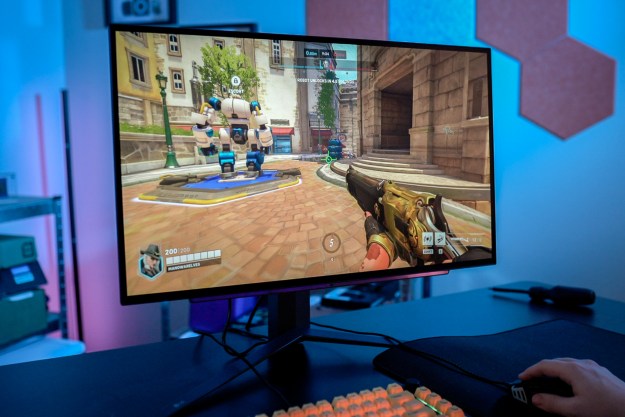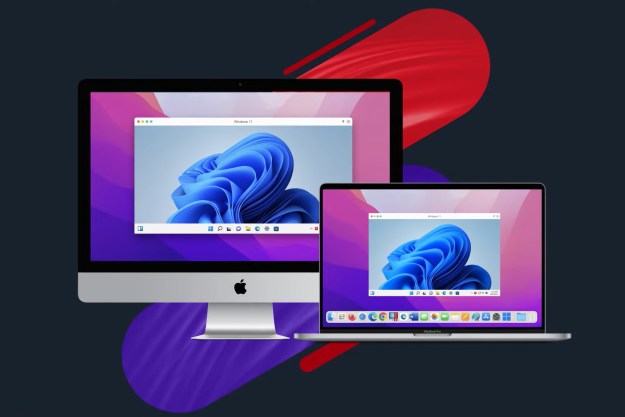There are three versions of the new piece of Mac software: Parallels Desktop 11, a Mac Pro Edition, and a Mac for Business Edition. These not only let you run Windows 10 alongside your OS X install, but bring with them a number of features from Micrsoft’s new flagship operating system — features such as Cortana, the digital assistant who can give you directions or restaurant advice.
Parallels 11 also boots 50 percent faster than previous iterations of the system, and file operations are 20 percent quicker too, according to CNET.
Related: Want to use OS X and Windows 10 simultaneously on your Mac? Here’s how
The Pro Edition may draw the interest of regular users as well, though it was built with developers in mind. It supports software like Docker, Visual Studio, as well as other developer tools. The Business Edition, meanwhile, is designed for use in situations where there is likely to be an administrator and a range of users. That version also comes with extended support for those who need it.
Pricing starts at $50 for those who already own a copy of Parallels 9 or 10, while for those who don’t, there’s an $80 charge for the standard Parallels Desktop 11. Enterprises looking to take on the Mac Pro Edition or Business Edition can expect to pay out $100 for the year, with a recurring charge coming into play for continued usage after that period expires.
Do you make use of multiple operating systems at once? Or do you tend to stick to your favorite?
Pick up a FREE trial: Parallels 11
Editors' Recommendations
- Windows 11 tips and tricks: 8 hidden settings you need to try
- Windows 11 vs. Windows 10: finally time to upgrade?
- The new Windows 11 Backup App takes another cue from the Mac
- Windows 11 to borrow one of the Mac’s biggest conveniences
- Dell’s first Windows 11 ARM laptop is priced like a Chromebook



